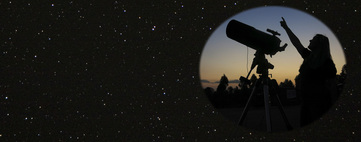This was the dreadful weather for the Gold Coast area and most of Australia for the Total Eclipse of the Moon last night as reported on the Channel 7 weather news!
|
“Oh Dear”! This was the dreadful weather for the Gold Coast area and most of Australia for the Total Eclipse of the Moon last night as reported on the Channel 7 weather news! Now this was very disappointing because the media has done such a wonderful job of advertising the event for all to see. The sky was still nice and clear at 5pm, and then this layered cloud started to arrive from down south and by 9pm it was pouring down rain…I waited and waited, but to no avail, it was never going to clear this time…
0 Comments
I captured these pretty coloured coronas’ around the moon in the early hours of this morning
with just my camera and telephoto lens. I’m trying to encourage people to not only look at the lunar eclipse tomorrow night, but also to try and capture some images themselves with their camera equipment even if there are some clouds in the sky. We are so lucky here in Australia to see the whole event, that is, if the weather is kind to us :-) Images taken on the 30th January 2018 with a Canon 70D camera and a Tamron 18-400mm lens on a camera tripod, the corona image was a 5 second exposure @35mm, the ISO was 100. The cloudy image was a 6 second exposure @100mm and ISO100. The lunar image was a 1/160th second exposure @400mm and ISO100. I set up my solar gear late this afternoon just to see if there was anything happening on the solar surface in the hydrogen-alpha wavelength and to my surprise there on the solar limb was a faint prominence detaching away from the Sun.
It was exciting to see some activity after such a long time of inactivity :-) I also took an image with just my camera and long focal length lens to capture the Sun in the visible light. The H-alpha image above was taken with a Lunt LS60mm solar telescope and a Canon 700D camera with a 2x Barlow lens attached, I took two sets of images one for the solar disc and one set for the faint prominence and combined both images in PS. You have to do this because the faint prominence needs a longer exposure than the solar disc. The ordinary image of the Sun below was taken with a Canon 70D camera and an 18-400mm Tamron lens with a 2x converter set at 400mm making a focal length of 1280mm. A glass solar filter was also attached to the front of the lens for safe viewing and imaging of the Sun. There’s been a huge amount of media interest in this special lunar eclipse from all the local newspapers and radio stations here on the Gold Coast and in Brisbane. Bob Anthony from the Gold Coast Sun who wanted to do a story to inform his readers on this special event contacted me. As with all these special astronomical events, I just love the opportunity to let the public know how easy it is for them to observe and enjoy the event and perhaps help them in taking some images. Bob Anthony did an excellent article, which not only wrote all the helpful information that I gave him, but also included facts on the eclipse from Professor Bill Boyd from the Southern Cross University. Thank you Bob, for doing such a wonderful job with the story, the Gold Coast Sun is a FREE community newspaper that goes out to at least 220,000 homes around the Gold Coast and Tweed Heads area. I could not believe that the picture that was taken with my large refractor telescope and me was on the front page of the newspaper, how cool was that :-) Good Luck to everyone on Wednesday night, here’s hoping the weather’s kind to us and we see a spectacular event… Noeleen Lowndes :-) Lunar Eclipse Article in the Gold Coast Sun
Wednesday 24th January 2018 Written by Bob Anthony [email protected] The full Moon on Wednesday the 31st January will be a triple treat, first of all it’s the second Full Moon for the month of January which makes it a Blue Moon, then it’s the first total eclipse of the Moon for the year making it a red Moon and then it’s a Super Moon because it’s a perigee Moon, which means it’s very close to Earth in its orbit…so it’s a rare event indeed! Please read on for more details….
~ Total Lunar Eclipse Wednesday 31st January 2018 ~ by Noeleen Lowndes This is the first total eclipse of the Moon for the year, and it’s fully visible across eastern Australia, especially here on the Gold Coast. It’s also special because this is the second full Moon for the Month of January with the last occurring on the 2nd January; this lunar event is now referred to as a Blue Moon. This year is also quite rare as we have another blue Moon month in March, with a full Moon again on the 2nd and 31st of the month, which only occurs a couple of times a century, the last time this happened was in 2010. For you to enjoy the event you’ll only need to have a clear north eastern horizon and by the time when the eclipse begins the Moon will be quite high up in the northern sky. You will not need any fancy equipment to thoroughly enjoy this wonderful astronomical event, you can simply view the eclipse with your eyes or better still use a pair of binoculars, if you have a telescope than that’s even better, but it’s not a necessity. A lunar eclipse is completely safe to view, as it’s reflected sunlight off the surface of the Moon, unlike a solar eclipse, which is very dangerous to look at with your eyes without proper solar glasses or filters. The whole event moves quite slowly and this eclipse lasts from beginning to end just over 5 hours…so you’ll have plenty of time to relax and enjoy the wonderful spectacle. The beginning of the eclipse (penumbral) begins at 8.50pm and by 9.50pm you’ll really start to see the eclipsed Moon moving into the Earths shadow. By 10.50pm the Moon will be fully eclipsed with greatest eclipse being at 11.30pm where you will see the darkest reddish hue, total eclipse ends at 12.08pm. After that, it takes another 2 hours for the Moon to move away from the Earths shadow, and by 2.15am a beautiful silvery full Moon will be back in our night sky. (Please see all the times below) (AEST) Penumbral eclipse begins (P1) 8:50pm Partial eclipse begins (U1) 9:48pm Total eclipse begins (U2) 10:51pm Greatest eclipse (Totality) 11.30pm Total eclipse Ends (U3) 12:08pm Partial eclipse ends (U4) 01:12pm Penumbral eclipse ends (P4) 02:10am If your taking images, you can use your longest telephoto lens (200-300mm) with your camera on a tripod, and use a cable release so you don’t touch the camera, also remember to manual focus. You’ll only need to take short exposures when the Moon is very bright in the early partial stages, but at full eclipse be prepared to take exposures for a few seconds, as there’s very little light on the surface of the Moon. Please see some camera settings from previous lunar eclipse on my website at: http://www.mystardustobservatory.com/astro-blog/-total-eclipse-of-the-moon-on-the-15th-april-2014 http://www.mystardustobservatory.com/astro-blog/-total-eclipse-of-the-moon-on-the-gold-coast-8th-october-2014 All lunar eclipses are different, it all depends how much dust, smoke or moisture is in the atmosphere that determines how dark or light the eclipsed Moon will look. The only reason we are seeing the Moon at all is because the Suns light is being refracted through the Earths atmosphere and shining onto the surface of the Moon while it's orbiting through the Earths shadow. Have fun and enjoy the lunar eclipse :-) I got such a surprise when I looked out the window and seen these three remarkable cloud formations covering the whole sky. I thought they may have been contrails from an aircraft but they just seemed to be too large for that, but I may be wrong about that!
Also, the main one seems to be sprouting away from some cumulus cloud near the horizon with a separate one branching away. There must have been some really strong wind shears up there high in the atmosphere because after about 10 minutes all three formations started to disperse and started to look like three delicate feathers floating across the sky…it was quite spectacular to see :-) The three images were taken over a period of 10 minutes with a Canon 70D camera and a Sigma 10-20mm set at 14mm, then I used a Tamron 10-17mm wide lens set at 10mm and for the third image a fisheye Tamron 11-16mm lens set at 11mm, the ISO was set at 100 for all three images…. I had to run very quickly to get all the different lenses as the clouds were changing shape very fast! Flight Through Orion Nebula in Visible and Infrared Light by NASA Published on Jan 11, 2018 By combining the visible and infrared capabilities of the Hubble and Spitzer space telescopes, astronomers and visualization specialists from NASA’s Universe of Learning program have created a spectacular, three-dimensional, fly-through movie of the magnificent Orion nebula, a nearby stellar nursery. Using actual scientific data along with Hollywood techniques, a team at the Space Telescope Science Institute in Baltimore, Maryland, and the Caltech/IPAC in Pasadena, California, has produced the best and most detailed multi-wavelength visualization yet of the Orion nebula. Credits: Space Telescope Science Institute More; http://hubblesite.org/news_release/news/2018-04 This is the first clear day in 2018 that I’ve been able to take a picture of the Sun, there are absolutely no markings on the solar surface and it’s very bland indeed, but how beautiful it becomes when it sets over the Scarborough Point Marina with the golden colours of sunset through the masts of the boats :-)
Both images were taken on the 7th January 2018 with a Canon 70D camera and a Tamron 18-400mm lens, for the full solar disc image I added a 2x teleconverter and a glass solar filter to the front lens for safe imagining of the Sun. |
AuthorI just love being under the heavens, come on a journey with me and I’ll share some of the amazing wonders of the Universe with you. Noeleen :-) Archives
July 2024
Categories
All
|
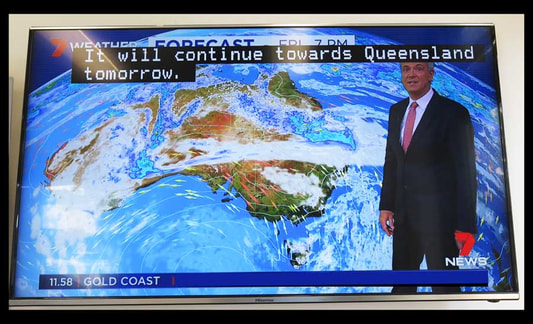

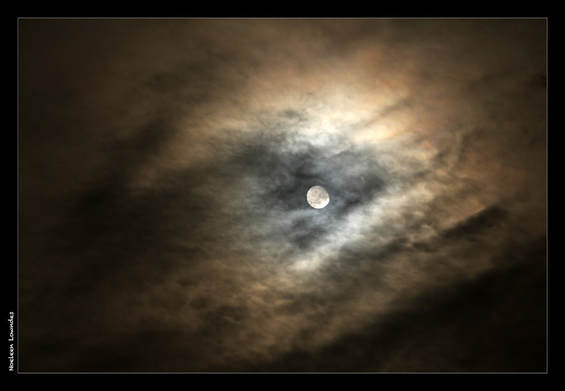
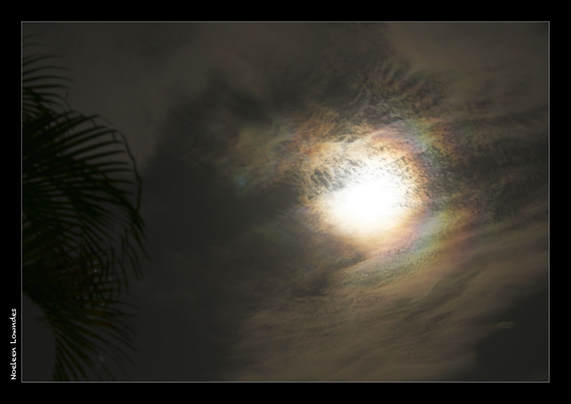

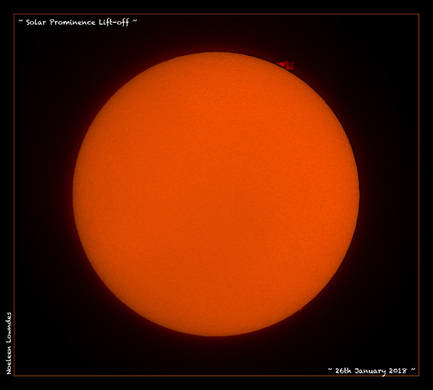
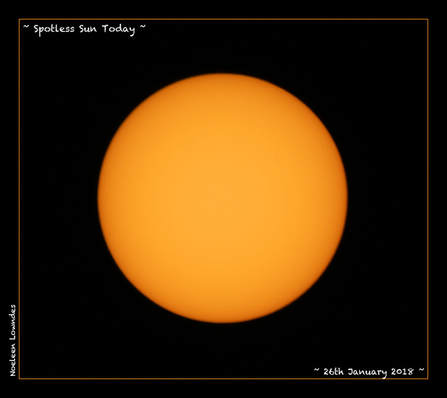
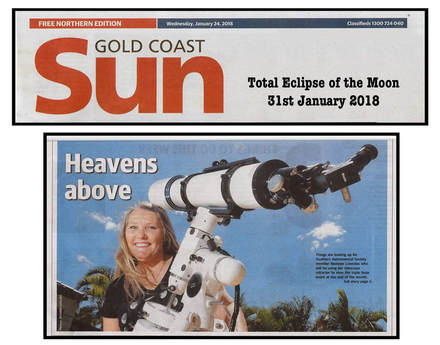
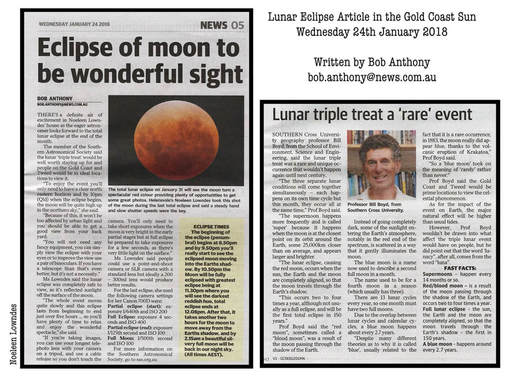
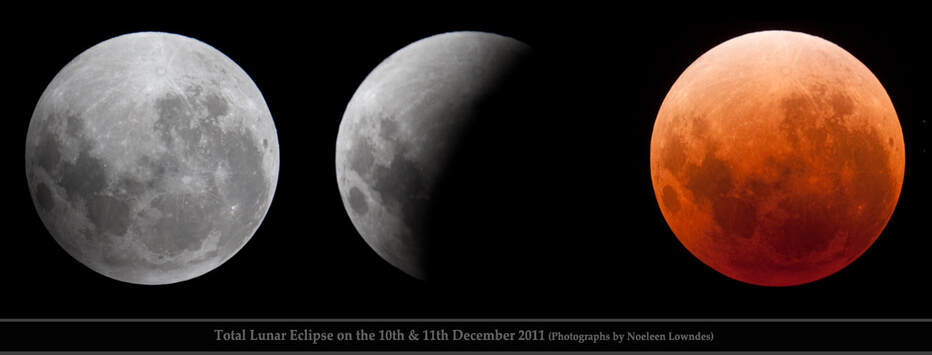

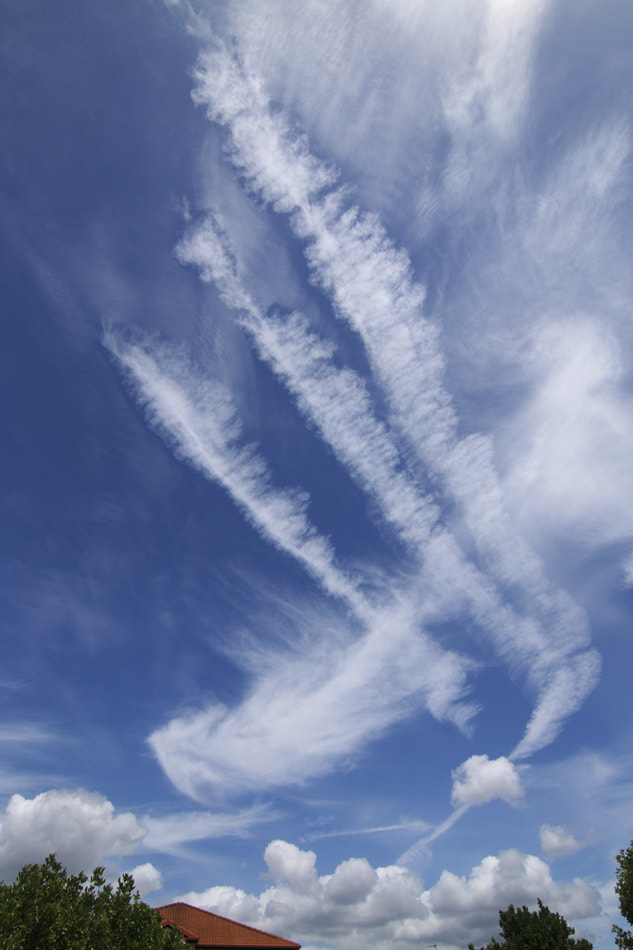
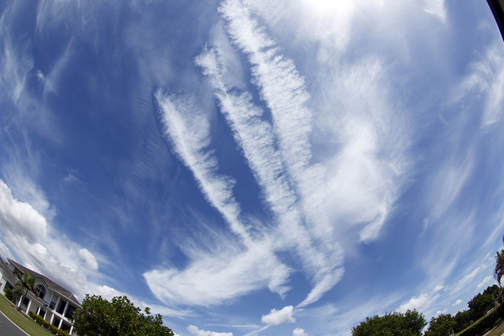
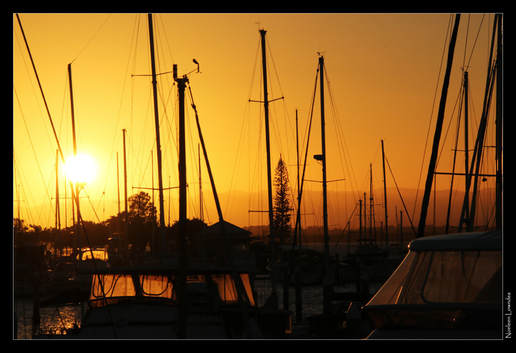

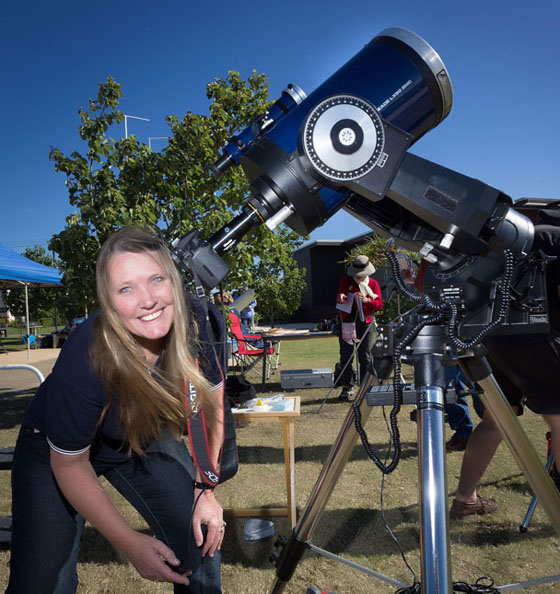
 RSS Feed
RSS Feed
